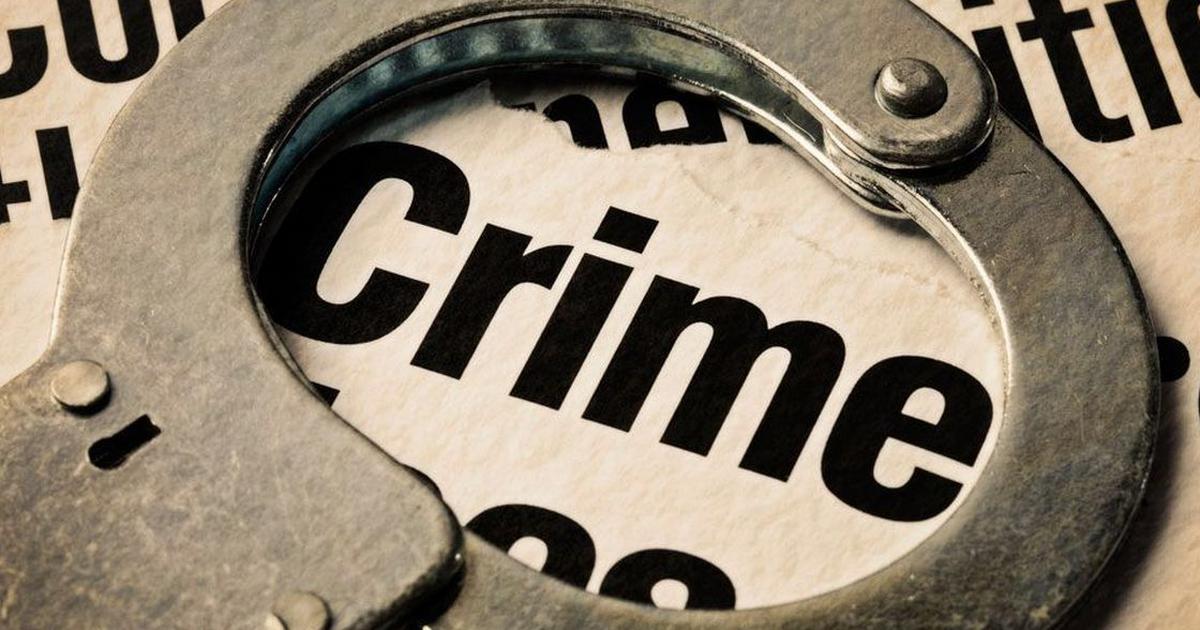Nairobi – Kenyan police fired teargas at opposition protesters who burned tyres and lobbed stones, a day after their leader Raila Odinga announced his withdrawal from the presidential race, plunging the country into uncharted waters.
As poll officials mulled their next move, opinions were split on what the veteran opposition leader’s move could mean for a dramatic election saga that saw President Uhuru Kenyatta’s August 8 victory annulled by the Supreme Court in a first for Africa.
Kenyatta insists an October 26 do-over must go ahead, though his longtime rival Odinga says his withdrawal legally forces election officials to begin the entire process from scratch, leaving more time for his reform demands to be met.
To maintain pressure his opposition National Super Alliance (NASA) coalition has called for protests every day next week.
On Wednesday police teargassed rowdy protesters who threw stones at passing cars in Nairobi, while security forces engaged in running battles with demonstrators in Odinga’s western stronghold of Kisumu.
In Kisumu thousands of protesters chanted: “No reforms, no elections”.
Kenya’s Supreme Court last month annulled the August election citing widespread irregularities in the counting process and mismanagement by election officials, and called for a re-run within 60 days.
The decision was hailed across the globe and held up as an opportunity to deepen Kenyan democracy, however the process quickly turned sour, with increasingly ugly rhetoric including attacks by Kenyatta on the judiciary.
Odinga demanded deep reforms that the election commission (IEBC) said were impossible to deliver in the constitutionally mandated period.
It was this failure to make the required changes to procedure that Odinga said pushed him to withdraw on Tuesday from the race.
“All indications are that the election scheduled for 26 October will be worse than the previous one,” he said.
New election laws passed
Odinga is betting on a ruling by the Supreme Court after 2013 elections – in which he failed to have the result overturned – which sought to clarify what happens if an election is invalidated.
That judgement stated that if a candidate dies or withdraws from the fresh election, the IEBC must begin presidential nominations from scratch.
Odinga’s decision is likely to set the stage for more court battles, while deepening the political crisis which has also led to an economic slowdown.
On Wednesday Kenya’s national assembly – dominated by the ruling Jubilee party – approved a series of electoral law changes that Odinga has argued will make the “irregularities” cited by the Supreme Court, legal.
Among these is a law stating that if one candidate withdraws the remaining candidate is declared elected – however it is unclear if this would apply to the current election.
The amendments, which now go to the Senate, will also allow manual vote counting to supersede electronically transmitted results and make tally forms count even if there is “a deviation from the requirements of the form”.
A system of biometric voter identification and electronic vote transmission was put in place after Odinga’s loss in a 2007 election widely seen as flawed led to politically-motivated tribal violence that left some 1 100 dead.
Among the irregularities noted by the Supreme Court was the number of vote tallying sheets that were unsigned, not stamped, or did not contain watermarks or serial numbers – despite the fact that one company was hired to print them out.
‘Path to the unknown’
“The big question now is what next for Kenya? Will Mr Uhuru Kenyatta be declared the president and sworn in? And what would that mean for his legitimacy, given the fact the Supreme court invalidated his election?” the Daily Nation asked in an editorial.
The newspaper said the main concern was NASA’s campaign of protest action.
“By the look of things, they are gearing up for some long drawn-out street battles,” read the editorial.
Protest violence immediately after the August election left 37 people dead, mostly at the hands of police, according to a Kenyan rights group.
Since then a series of demonstrations have seen police tearrgas protesters, who in some cases have grown violent, with no deaths recorded.
“One thing is for sure, the country is entering uncharted waters and walking the path to the unknown,” the editorial added.
In another plot twist, Kenya’s High Court on Wednesday ruled that a third presidential candidate Ekuru Aukot of the Thirdway Alliance, who scored less than one percent of the vote in the annulled election, should be allowed on the ballot.
However the Supreme Court has previously ruled that only the petitioner and respondent in the case challenging the election outcome should stand in a re-run, and this decision is likely to stand.
Source:News24.com
 News, Politics , Sports, Business, Entertainment, World,Lifestyle, Technology , Tourism, Gh Songs | News, Politics , Sports, Business, Entertainment, World,Lifestyle, Technology , Tourism, Gh Songs |
News, Politics , Sports, Business, Entertainment, World,Lifestyle, Technology , Tourism, Gh Songs | News, Politics , Sports, Business, Entertainment, World,Lifestyle, Technology , Tourism, Gh Songs |









